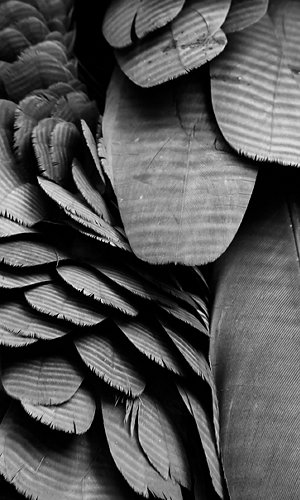Legend or fact?
In ancient Rome, bats were nailed to the door of the house as a protection from witches and diseases. In fact it was believed at that time, that their silent presence announced the arrival of an accident or a great tempest. These crepuscular mammals have always been accompanied by prejudice or by mystical beliefs that today may seem absurd. Their habits, their appearance and the capacity to fly with such dexterity even in total darkness have fed popular fantasies and have been associated with an ancestral fear of the dark, of the night and of death. For thousands of years it has seemed incomprehensible and disturbing for humans, that are by nature daytime creatures that are able to move about using their eyesight, how bats were able to move silently in the dark. From this characteristic the immediate connection with dark and magic forces evolved. For this reason the devil has always been represented with the wings of a bat, and angels with the candid wings of birds.
It isn’t true that...
… bats are blind
The belief that bats cannot see is widespread and ancient. The nocturnal habits of these mammals, besides the presence of eyes that are often very small or not very visible, probably underlie this conviction. According to a medieval legend, bats that evidently envied the human beings’ formidable sight, would penetrate the houses at night and would blind the inhabitants during their sleep. And always in the middle ages, when there were no lights on the roads, people could cover their faces with bat blood in order to see in the dark. For the ancient Egyptians, bat urine was actually a fundamental ingredient for the preparation of eye ointments: just a few drops of this miraculous substance, mixed with the bile of a Nile carp, and the juice of wild rue, could cure the most common eyesight problems.
…bats are flying mice
An ancient and very deeply rooted belief, considers bats to be mice with wings, actually something in between mice and birds. Their small size, their dark colouring, those protruding ear pavilions and the elongated muzzle in some species, besides their capacity to fly, may in fact deceive a hurried and distracted observer. Besides their summary physical resemblance, the origins of this false belief can be found in many other aspects that these animals have in common: both species are generally considered harmful, they live in dark places that are not very hospitable, and are believed to bring bad luck, disease and pestilence.
… bats suck blood
The most well-known legendary characteristic of bats regards their presumed insatiable thirst for human blood. These animals are said to creep on their victims at night, to take their blood, that is made to flow from wounds made specifically by the bats with their sharp canines. This ancient belief, which has been spread further by the descriptions in literature and in movies on vampires, is still very widespread. However very few people know that bat blood is considered a miraculous medicine that can be used as a remedy for various pathologies. According to ancient texts, this substance is a fundamental component of aphrodisiac potions. Furthermore, to favour conception, some drops of bat blood must be poured under the woman’s cushion.
… bats get caught in human hair
The irresistible and inexplicable attraction that bats have for human hair is a legend that is perhaps a century old and it is widespread in every region of Italy. It is quite unimportant that bats can voluntarily dive into human hair, better if it belongs to a young girl, or get caught in it just because of a wrong move during flight; but once they get entangled, only a complete shave can free us from the unwanted guest. And also, beware! According to another popular legend, if the bats let some drops of urine fall on the person’s hair, this will cause immediate and irreparable baldness of the poor victim’s head.
A harmless vampire
The bat, called common vampire bat, sucks blood, but rather than Dracula, the protagonist of many terrifying legends, it should be compared to a large mosquito. In fact, it is only 8 cm long and its wingspan reaches a maximum of 35 cm. It belongs to the Desmodontinae family , the only mammals that feed on the blood of live animals. This species it totally harmless for humans and only lives in Central America and South America. Generally this small bat focuses on large livestock animals and quietly moves near, leans against them, pierces their skin, and begins to drink their blood. The bat’s saliva is anticoagulant, so the wound continues to bleed for some time, however the quantity of blood that the bat draws is really small, it does not exceed 15 millilitres, only a little more than what a bothersome mosquito sucks.
An extremely shy creature
The largest bat is about 15 cm long and its wing span can reach 90 cm, it is called “ghost bat” or “false vampire bat” because it does not suck blood as many believe. This bat may seem rather frightening at first sight due to its size: in fact popular tradition claims that it has demoniac qualities, but actually it is one of the most harmless and timid creatures that exist. It feeds on fruit, small vertebrates and invertebrates and is endemic to Australia. Unfortunately it has been included in the Red List as a vulnerable species because there are less than 10,000 adult creatures left in the whole world.





